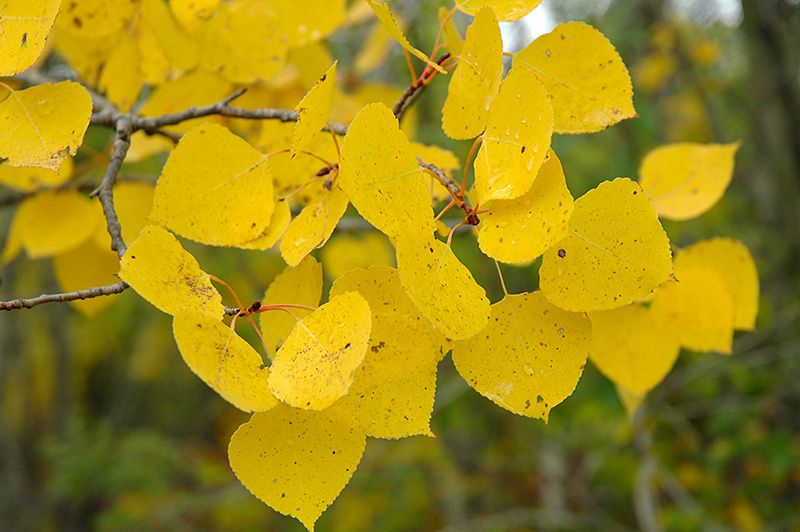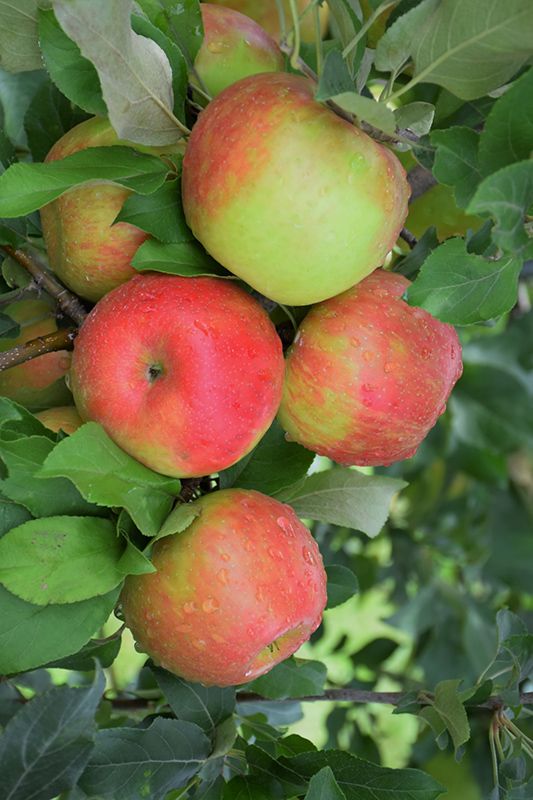Tsuga, Canadian Hemlock 'Moon Frost'


Out of stock
Temporarily Out of Stock- Sun Preference
- Part-Sun, No-Sun
Description
Eye-catching, bright, white new growth that’s reminiscent of frost on a moonlit night. Older inner foliage retains light tones, giving this plant an overall whitish appearance. In the winter, the white foliage is blushed with pink. Avoid winter sun.
Minnesota's Largest Selection of Trees
At Minnesota's Destination Garden Center, we offer a diverse range of trees to suit any landscaping need. Whether you're looking for shade trees to cool your home or ornamental trees to add beauty and interest, you'll find the perfect tree at Gertens. Our knowledgeable staff can help you select the right tree for your space and provide tips for care and maintenance. Visit Gertens today and explore the unmatched variety of trees to enhance your outdoor environment!
Details
Moon Frost Canadian Hemlock | Tsuga canadensis 'Moon Frost'
Height: 4 feet
Spread: 4 feet
Sunlight: full sun to full shade
Hardiness Zone: 4a
Other Names: Canadian Hemlock, Eastern Hemlock
Brand: Gertens
Description:
A gorgeous new dwarf evergreen with white new growth that slowly fades to a darker green with white tones; the contrasting colors are breathtaking, maintains a naturally mounded habit of growth, branches arch slightly; excellent set against darker plants
Ornamental Features
Moon Frost Canadian Hemlock is a dwarf conifer which is primarily valued in the landscape or garden for its interestingly mounded form. It has attractive green foliage edged in white which emerges white in spring. The needles are highly ornamental and remain green throughout the winter.
Landscape Attributes
Moon Frost Canadian Hemlock is a dense multi-stemmed evergreen shrub with a mounded form. It lends an extremely fine and delicate texture to the landscape composition which can make it a great accent feature on this basis alone.
This shrub will require occasional maintenance and upkeep, and is best pruned in late winter once the threat of extreme cold has passed. Gardeners should be aware of the following characteristic(s) that may warrant special consideration;
- Insects
Moon Frost Canadian Hemlock is recommended for the following landscape applications;
- Mass Planting
- Hedges/Screening
- Rock/Alpine Gardens
- General Garden Use
- Container Planting
Planting & Growing
Moon Frost Canadian Hemlock will grow to be about 4 feet tall at maturity, with a spread of 4 feet. It tends to fill out right to the ground and therefore doesn't necessarily require facer plants in front. It grows at a slow rate, and under ideal conditions can be expected to live for 40 years or more.
This shrub performs well in both full sun and full shade. It does best in average to evenly moist conditions, but will not tolerate standing water. It is not particular as to soil type, but has a definite preference for acidic soils. It is quite intolerant of urban pollution, therefore inner city or urban streetside plantings are best avoided, and will benefit from being planted in a relatively sheltered location. Consider applying a thick mulch around the root zone in winter to protect it in exposed locations or colder microclimates. This is a selection of a native North American species.
Moon Frost Canadian Hemlock makes a fine choice for the outdoor landscape, but it is also well-suited for use in outdoor pots and containers. Because of its height, it is often used as a 'thriller' in the 'spiller-thriller-filler' container combination; plant it near the center of the pot, surrounded by smaller plants and those that spill over the edges. It is even sizeable enough that it can be grown alone in a suitable container. Note that when grown in a container, it may not perform exactly as indicated on the tag - this is to be expected. Also note that when growing plants in outdoor containers and baskets, they may require more frequent waterings than they would in the yard or garden. Be aware that in our climate, most plants cannot be expected to survive the winter if left in containers outdoors, and this plant is no exception. Contact our experts for more information on how to protect it over the winter months.
More Information
| Available for Pre-Order | No |
|---|---|
| Tree Type | Evergreen |
| Sun Preference | Part-Sun, No-Sun |
| Mature Height (Range) | 2 - 5 feet |
| USDA Hardiness Zone | 4, 5, 6, 7, 8 |
| Common Family Name | Hemlock |






